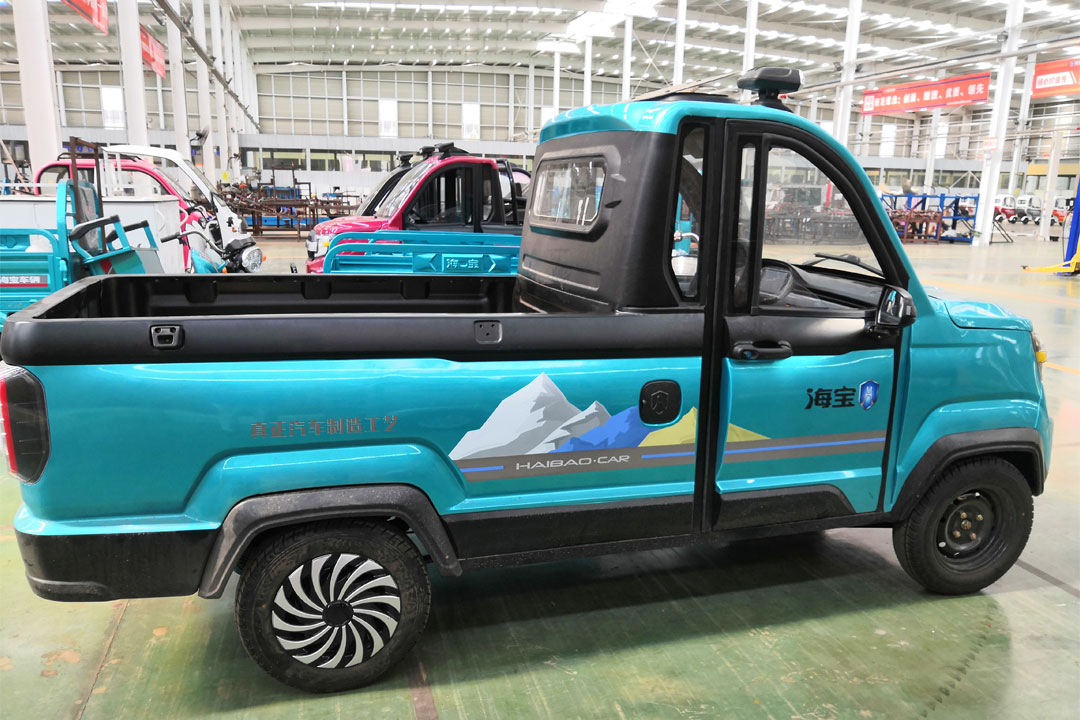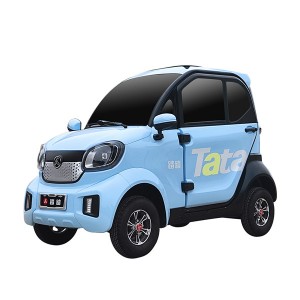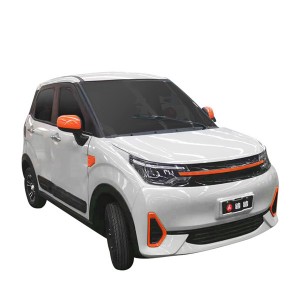With the increasing popularity of low-speed electric four-wheelers in urban areas, this eco-friendly mode of transportation is gradually becoming mainstream. However, as cold weather approaches, electric vehicle owners may face a new challenge: the impact on battery performance leading to a decrease in range and even the possibility of battery depletion.
In the expert technical analysis in the field of low-speed electric four-wheelers, several primary factors related to the impact of cold weather on battery performance have been identified: reduced battery capacity, increased internal resistance of batteries, slowed battery reaction rates, and decreased energy regeneration. These factors collectively contribute to a decline in range performance for low-speed electric four-wheelers during the winter.
To address this issue, manufacturers of low-speed electric four-wheelers are actively promoting technological innovation. According to recent data, over 80% of new low-speed electric vehicles are equipped with advanced thermal management systems during production, effectively improving battery performance in low-temperature environments. This technological innovation is expected to significantly enhance the winter range performance of electric vehicles.
Additionally, more than 70% of low-speed electric four-wheelers in the market now utilize insulation materials, further enhancing the overall range performance in cold weather. The continuous upgrading and application of these technological measures indicate that low-speed electric four-wheelers will better adapt to extreme temperature conditions in the future.
While technological innovations have alleviated the winter range issues for low-speed electric four-wheelers to some extent, user preventive measures remain crucial. According to survey data, users who charge their batteries in advance during the cold season exhibit a significant advantage in range performance compared to those who do not, with an increase in range capacity of approximately 15%. Therefore, proper planning of charging times becomes an effective approach for users to maintain optimal vehicle performance during cold weather.
Despite facing challenges in cold weather, the low-speed electric four-wheeler industry continues its efforts for improvement. It is anticipated that more technological innovations will emerge in the future to enhance battery performance in extreme temperatures.
Simultaneously, user education and awareness will be a focal point for the industry, assisting users in better coping with the challenges posed by cold weather. The low-speed electric four-wheeler industry will persistently advance towards greater reliability and efficiency, providing users with a superior travel experience.
- Previous: Sustainable Transport Solution: Turkey’s Electric Cargo Tricycles as the Optimal Choice
- Next: Electric Motorcycles Leading the Future: In-Depth Analysis of the Top 10 Advantages
Post time: Jan-11-2024






